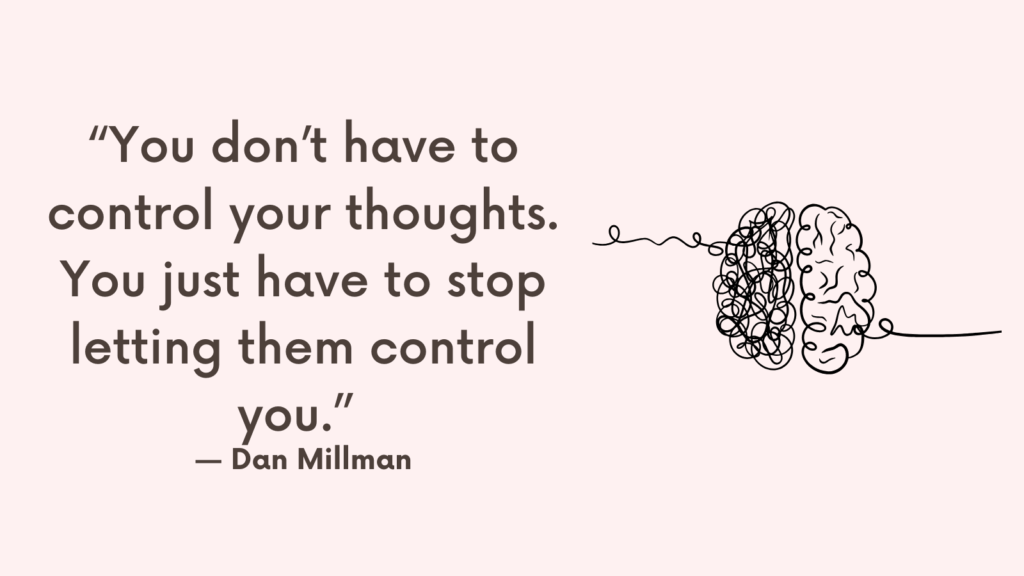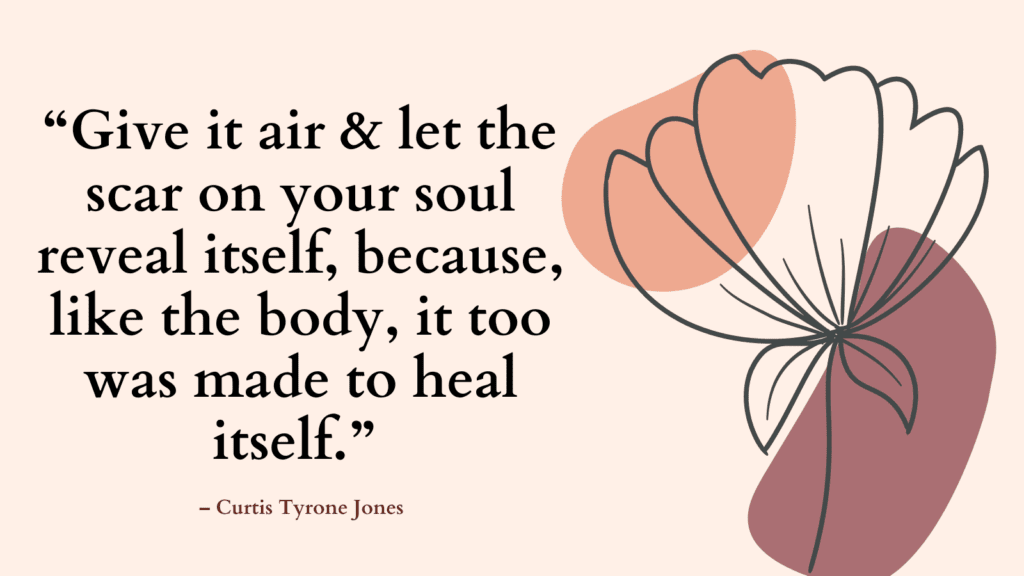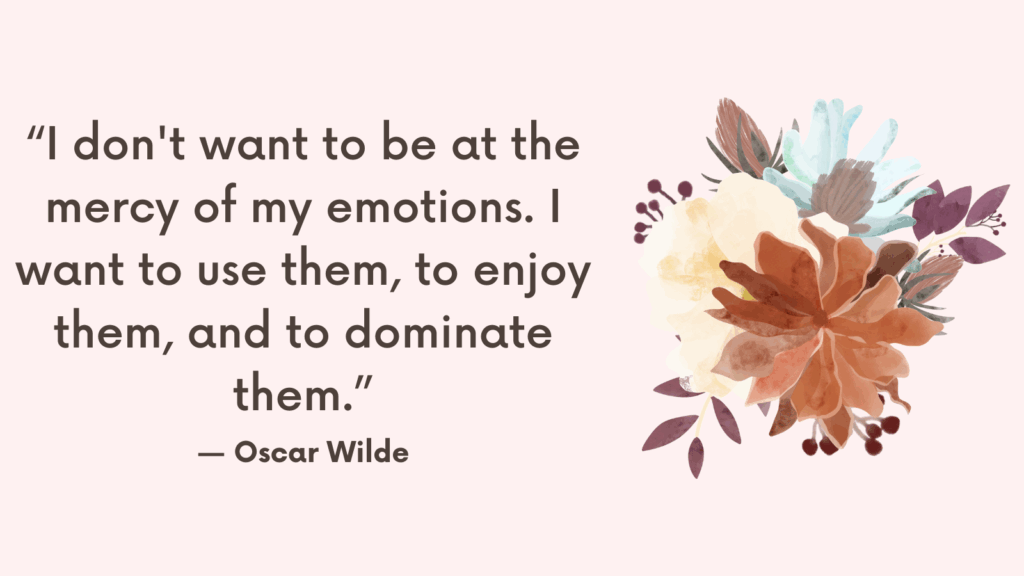This post includes “Agoraphobia Test.”
Agoraphobia Test
Results
#1. Do you experience intense fear or anxiety in situations where escape might be difficult or help may not be readily available?
#2. Are you actively avoiding certain places or situations because you fear experiencing a panic attack or other distressing symptoms?
#3. Do you find it challenging or distressing to be in crowded areas, such as shopping centers, public transportation, or lines?
#4. Do you avoid being alone outside of your home or without a trusted companion?
#5. Are you reluctant or anxious about leaving the safety of your home or comfort zone?
#6. Have you experienced significant distress or impairment in various aspects of your life due to these fears or avoidance behaviors?
#7. Have you endured these symptoms for at least six months or longer?
We will not sell your information. All results are kept confidential.
This quiz is for informational purposes only. It is not meant as a diagnostic or assessment tool.
Results
The questions above represent common signs of agoraphobia according to the DSM-5 TR. If you answered yes to most of these questions, then agoraphobia may be a problem for you.
It is important to note that only a qualified mental health professional can make an accurate diagnosis based on a comprehensive assessment. Please consider seeking professional help if you believe you may be experiencing symptoms of Agoraphobia.
Related: How To Overcome Agoraphobia Without Medication? 9-Step Guide To Control Panic Attack In Public
What Is Agoraphobia?
Agoraphobia, as outlined in the DSM-5 (Diagnostic and Statistical Manual of Mental Disorders, 5th Edition), refers to an anxiety disorder characterized by intense fear or anxiety about being in situations from which escape might be difficult or embarrassing, or in which help may not be available in the event of a panic attack or panic-like symptoms.
Below are some key criteria for diagnosing Agoraphobia according to the DSM-5:
1. Marked fear or anxiety
There must be persistent and excessive fear or anxiety about at least two of the following situations:
– Using public transportation (such as buses, trains, or planes)
– Being in open spaces (such as parking lots or markets)
– Being in enclosed spaces (such as shops, theaters, or cinemas)
– Standing in line or being in a crowd
– Being outside of the home alone
2. Avoidance behaviors
The individual actively avoids or endures these situations with intense fear or anxiety or requires the presence of a companion to feel safe.
3. Fear or anxiety out of proportion
The fear or anxiety is considered excessive or unreasonable when taking into account the actual danger posed by the situation.
4. Duration
The fear, anxiety, or avoidance behavior typically lasts for six months or more.
5. Impairment
The symptoms cause significant distress or functional impairment in important areas of life, such as work, school, or relationships.
Related: Am I Having A Panic Attack Quiz

What Causes Agoraphobia?
The exact cause of agoraphobia is not fully understood. However, it is believed to develop as a result of a combination of genetic, environmental, and psychological factors.
Here are some factors that are thought to contribute to the development of agoraphobia:
1. Biological factors
Genetics may play a role in predisposing individuals to develop agoraphobia.
Research suggests that there may be a genetic link between agoraphobia and other anxiety disorders or panic disorder.
2. History of panic attacks
Agoraphobia often develops in individuals who have experienced panic attacks.
Panic attacks can be intense, sudden episodes of fear or anxiety accompanied by physical symptoms such as rapid heartbeat, shortness of breath, dizziness, or chest pain.
The fear of experiencing another panic attack can lead to avoidance behavior, which may culminate in agoraphobia.
Related: Best 10 Panic Attack Books
3. Learned behavior
Some individuals may develop agoraphobia due to learned behavior.
For example, if someone witnessed a family member experiencing extreme distress or panic in certain situations, they may adopt similar fears as a result of this observation.
4. Environmental factors
Traumatic events, such as accidents or incidents involving violence, can contribute to the development of agoraphobia.
These events can leave individuals feeling vulnerable and unsafe, leading to the avoidance of situations associated with the trauma.
5. Anxiety sensitivity
Some individuals may have a heightened sensitivity to bodily sensations, often referred to as anxiety sensitivity.
This heightened awareness can make them more prone to developing anxiety disorders, including agoraphobia.
It’s important to note that the development of agoraphobia is likely to have multiple factors interacting with each other, and these causes may vary from person to person.
Related: +20 Overgeneralization Examples & How to Avoid It
How to Cope with Agoraphobia?
Coping with agoraphobia can be challenging, but with the right strategies and support, it is possible to manage and overcome this condition.
Here are some scientifically-backed suggestions to help you cope with agoraphobia:
1. Relaxation techniques
Practicing relaxation techniques, such as deep breathing, progressive muscle relaxation, or mindfulness meditation, can help alleviate anxiety symptoms.
These techniques promote relaxation and can be useful when confronting anxiety-provoking situations.
The following is a deep breathing exercise you can try:
1. Find a comfortable and quiet space where you can sit or lie down.
2. Close your eyes and take a moment to focus on your breath.
3. Take a slow, deep breath in through your nose, counting to four as you inhale. Feel your abdomen expand as you fill your lungs with air.
4. Hold your breath for a brief second.
5. Slowly exhale through your mouth, counting to six as you release the breath. Pay attention to the sensation of the air leaving your body.
6. Repeat this cycle several times, allowing each breath to become slower and deeper than the one before.
7. As you breathe, try to focus on the physical sensations of the breath entering and leaving your body. Notice the rise and fall of your abdomen or the feeling of the air passing through your nostrils.
8. If your mind wanders, gently bring your focus back to your breath without judgment.
9. Continue this exercise for a few minutes or until you feel a sense of calm.
2. Challenge negative beliefs
Pay attention to the negative thoughts and beliefs that come up when you think about going outside or being in certain situations. The following are some examples:
1. “If I leave my house, something terrible will happen.”
2. “I am completely powerless and vulnerable outside of my comfort zone.”
3. “I will embarrass myself or have a panic attack in public.”
4. “I cannot handle the anxiety and fear that comes with being in crowded places.”
5. “People will judge me if they see me struggling with my anxiety.”
6. “Being outside of my home is dangerous and unpredictable.”
7. “If I go out, I won’t be able to find help or escape if something bad happens.”
8. “I’m better off staying at home where I feel safe and secure.”
9. “My anxiety symptoms will spiral out of control if I step outside.”
10. “I will never be able to overcome my agoraphobia; it’s too overwhelming.”
Ask yourself for evidence supporting these negative beliefs. Are they based on past experiences or distorted thinking patterns?
Challenge your negative beliefs by exploring alternative explanations or interpretations of the situations you fear. Is there another way to perceive it that is less threatening?
Recall instances when you have successfully been in similar situations without negative consequences. This can help provide evidence against your negative beliefs.
Write down your negative thoughts and beliefs, along with any evidence or counterarguments that challenge them. Reviewing these entries can provide a more balanced perspective.
Related: Negative Core Beliefs List (& 8 Tips On How To Challenge Them)
3. Gradual exposure
Start exposing yourself to feared situations or places in a gradual and systematic way.
Begin with situations that cause mild anxiety and then progress to more challenging ones.
The goal is to desensitize yourself to the feared stimuli and learn that you can handle the anxiety without any negative consequences.
4. Use technology to your advantage
Take advantage of virtual reality exposure therapy or smartphone applications designed specifically for anxiety management.
These tools can provide a safe and controlled environment for exposure exercises, helping you confront your fears at your own pace.
5. Set achievable goals
Break down larger goals into smaller, manageable steps. By achieving these smaller goals, you can gradually increase your confidence and motivation.
Celebrate each accomplishment along the way, no matter how small they may seem.
Related: Best 9 Tips On How To Stop Avoidance Cycle (+FREE Worksheets PDF)
6. Support network
Surround yourself with a supportive network of family, friends, or support groups who understand your challenges.
Share your experience with them, and they can offer encouragement and understanding when you need it most.
7. Physical exercise
Engaging in regular physical exercise has been shown to reduce anxiety and improve mood.
Exercise releases endorphins, which are natural mood-boosting chemicals in the brain.
Aim for at least 30 minutes of moderate-intensity exercise most days of the week.
8. Practice self-care
Make self-care a priority. Engage in activities that bring you joy and relaxation, such as hobbies, reading, listening to music, or taking a warm bath.
Taking care of your physical and emotional well-being can contribute to a better overall mental state.
Related: 35 Self Care Saturday Ideas To Try This Weekend
Conclusion
Overcoming agoraphobia takes time and persistence.
Be patient with yourself and celebrate even the smallest victories.
With consistent effort and the right support, you can overcome agoraphobia and regain control over your life.
FAQ
Can agoraphobia develop suddenly, or is it a gradual process?
Agoraphobia can develop in different ways for different individuals.
In some cases, it may develop suddenly after a traumatic event or a panic attack, while for others, it may develop gradually over time.
Are there specific triggers for agoraphobia?
Agoraphobia is often associated with anxiety disorders and can be triggered by various factors, such as a fear of having a panic attack in public places, fear of being unable to escape or find help if needed, or previous traumatic experiences.
Is agoraphobia related to panic disorder?
Agoraphobia is closely related to panic disorder.
In fact, many individuals with agoraphobia have experienced panic attacks, and their fear of having another attack in public places leads them to avoid certain situations or locations.
While not everyone with agoraphobia has panic disorder, the two conditions are often interconnected.
Related: What Causes Cognitive Distortions? (+Top 10 Common Cognitive Distortions & How To Challenge Them)
Can agoraphobia worsen over time if left untreated?
If left untreated, agoraphobia can potentially worsen over time.
Avoidance behaviors and the restriction of activities can reinforce the fear and anxiety associated with certain situations, leading to a further narrowing of one’s comfort zone.
It’s important to note that agoraphobia, like other anxiety disorders, tends to be chronic in nature and can significantly impact an individual’s quality of life.
Seeking treatment, such as cognitive-behavioral therapy (CBT) can help manage symptoms and improve overall well-being.







